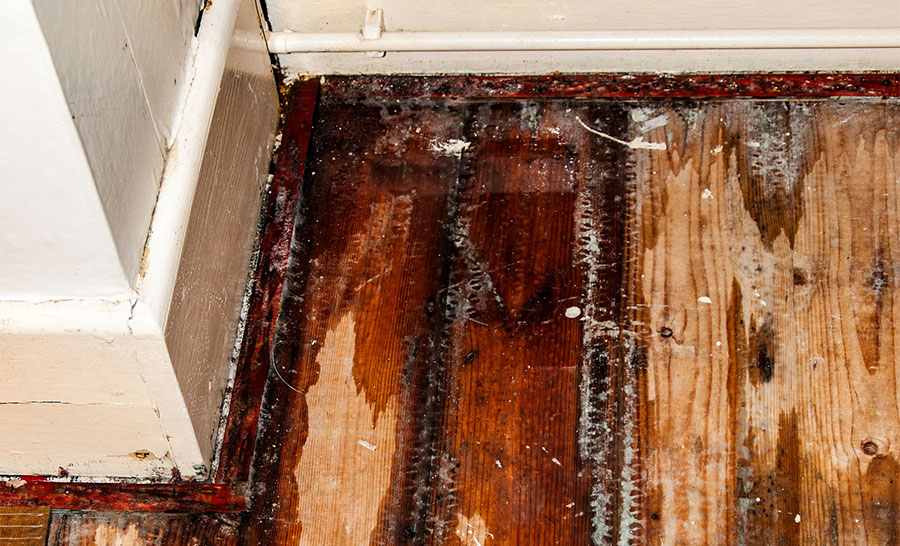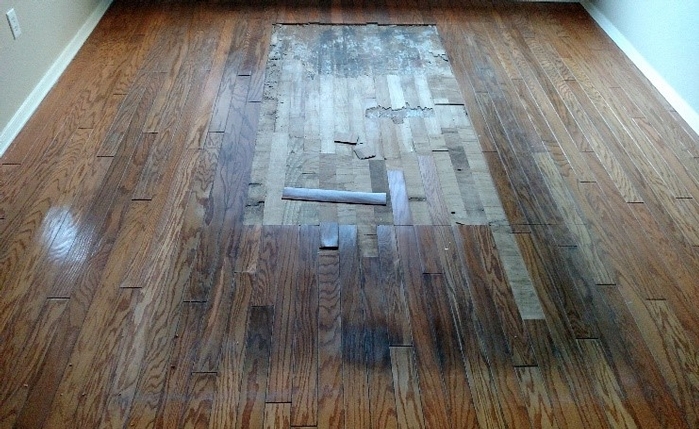Visit Our Website
What're your beliefs on Locating water leaks?

Unfortunately, environment modification and international warming have actually hurt the area. Once safe have actually experienced a lot more flooding and also groundwater intrusion, many areas that were. The latter can infiltrate your home also before it appears the surface.
Understanding what indicators to look out for can help you alleviate water damages. You ought to also examine all your pipes to catch any type of visible leaks. If your cellar is constantly wet, it's very most likely that groundwater is being available in from below your residence or close by.
Rising groundwater is a pushing issue due to the fact that it can lead to mold as well as mildew growth. It can also speed up wood rot, leading to architectural problems. Boosted groundwater makes your residence more prone to floods when it rains. However don't anguish, since you can still stop groundwater from harming your cherished house. Right here's just how!
Prioritize Waterproofing the Cellar
Flood should not have to come right into your residence prior to you waterproof the basement or crawlspace. If you dilly-dally, it will result in a massive trouble when groundwater breaks in with rain as well as flood.
Fill up the basement with even more concrete to prevent any type of concerns caused by groundwater. Putting concrete and also carrying out waterproofing measures seals your cellar and secures it from water intrusion.
Take Into Consideration Setting Up a French Drain System
This system features polypropylene tubing. It works as a network that's line with concrete. Best of all, they don't look evident because these drains appear like a pipe or trench that can easily mix where it's placed. Because it will certainly protect against water from seeping into your structure, this system secures your house from additional difficulties.
In addition, it will certainly also stop your floors from flooding. When you install this kind of drain system, you safeguard your foundation. As a result, you will not need to fret about major repair work in case of water damage. These are really simple to set up so you can have a brand-new one put in the existing one that discontinues to function.
Invest in Numerous Sump Pumps
Sump pumps are really budget-friendly and also offered in equipment shops on-line. You can install a number of sump pumps in your cellar or crawlspace. Have actually the tubing positioned into a drain or out onto the road. The primary goal of this pump is to reroute the water from entering your house. This can safeguard your residence from increasing groundwater.
A sump pump will certainly supply a layer of security if you really feel stressed concerning groundwater seeping into your basement. Lots of prefer this due to the fact that they are pretty economical and very easy to install. Pay attention to when you use it due to the fact that it can spike up your power bills.
Increase the Building Completely
Raising your house permanently is an effective option to avoid groundwater from coming in. The general process included constructing a brand-new, higher foundation to lift the house over the flooding area.
Applying these pointers will certainly assist safeguard your home and items against water damage. But if you've done everything that you possibly can but water still seeps into your home, call a water remediation company immediately to help you get back on the right track.
If your cellar is constantly wet, it's highly likely that groundwater is coming in from beneath your home or close by.
Raised groundwater makes your home extra susceptible to floods when it rains. Do not misery, since you can still stop groundwater from damaging your beloved residence. Fill up the basement with more concrete to avoid any kind of problems triggered by groundwater. A sump pump will provide a layer of protection if you feel stressed regarding groundwater seeping right into your cellar.
How to Restore Hardwood Flooring After Water Damage
How to repair hardwood floor water damage
Wear protective gear such as gloves, rubber boots, and a mask.
Stop the flow of water if the flooding occurred due to a burst pipe, washing machine failure or water heater failure.
Turn off the power to the affected room until the water has been removed.
Assess the damages before you begin the restoration to determine whether to clean up or replace the floor. Take photos, list damaged items, and show them to your insurance company.
Remove any items (carpet, furniture, etc.) from the floor and take them to a dry area.
Open windows and doors to allow moisture to evaporate more quickly.
Start removing the excess water with a wet/dry vacuum cleaner or with mops and old cloth. If the water level is deep, use a pump to drain the water. Ask someone to help so you can finish the task faster and avoid further damage.
Use dehumidifiers, heaters, and fans to speed up the drying process. Place them on top of an elevated surface in the flooded area and close the windows. Direct the fans towards the floor s surface.
Clean any debris and mud from the floor with a non-abrasive brush and detergent while the heaters, fans, and dehumidifiers are running. Rinse the floor with clean water and continue to dry the floor.Determining the type of flooring and installation
Inspection is always crucial when starting to repair hardwood floor water damage. Hardwood flooring comes in a variety of species, such as oak, pine, maple, and cherry. More and more exotic species are being used in flooring. Every type poses different challenges in the drying process because of the varying levels of moisture absorption.
There are also varieties of flooring that look like wood but are not. These floors will sometimes have a laminate on the surface and a particle board substructure. When moisture seeps beneath these floors, drying is nearly impossible. The inability to dry these surfaces is due to moisture being trapped under the laminate, which acts as a vapor barrier. For more help, call a PuroClean water damage restoration professional to help you evaluate your flooring s type and condition.
Professionals will also assess the initial installation method of the hardwood flooring. Original installation may be nailed, glued or installed in a floating method.
When nailed floors have suffered from water damage, the nails may lift.
If the floor has been glued onto the substrate, the moisture may release the glue.
In the case of a floating type floor, it may not be true wood and may be a laminated product. Tongue and groove hardwood flooring may cup after absorbing moisture.Drying the hardwood floor (patience is key)
Once the technicians determine the wood floor type and installation method, drying can begin. Using surface and/or subsurface drying methods and proper dehumidification, technicians can force airflow beneath the surface of the floor (in a positive or negative manner) to remove this moisture. It may also be necessary to access the floor from below for faster drying.
Effective drying of a hardwood floor is a slow process. It will sometimes take seven to 10 days for the floor to release enough water to halt the forced drying process. Removing all the absorbed water from the floor is expensive and nature must be allowed to assist in the process.
The hardwood drying continues until the wood s moisture levels reach four percent of the floor s dry standard. At this point, nature will remove the remaining water, although slowly anywhere from three to six months. Education in this process is crucial for a successful job. Let the restorations professionals of PuroClean help you dry your hardwood flooring properly.
Repairing the finish
Once the hardwood floor is dry, there may still be damage to the floor finish. Finishes, such as waxes and polyurethane, may inhibit the evaporation of the absorbed moisture. They will sometimes have to be removed in the drying process to allow for moisture removal.
If the hardwood floor cups slightly, the finish may check and crack due to the movement of the wood product. This is a normal part of the drying process. Once the floor is completely dry, the floor can be refinished.
Hardwood floor drying is a specialty. PuroClean restoration professionals have the knowledge to properly evaluate the many types of floors and have specialized equipment to repair hardwood floor water damage.
https://www.puroclean.com/blog/what-should-i-consider-after-a-wood-floor-is-flooded/

I came across that piece about Locating water leaks when browsing the search engines. Those who liked our article plz remember to pass it around. I truly appreciate reading our article about Leaking water lines.
Quality care? Call.